About Us
Researchers + Clinicians
Parents
In 2018, the Stillbirth Advocacy Working Group (SAWG) of the International Stillbirth Alliance (ISA) created a Global Scorecard for Ending Preventable Stillbirths. The purpose of the scorecard was to gather and display key data to monitor the implementation of the Call to Action presented in the 2016 Lancet Ending Preventable Stillbirths series, highlighting areas of progress, identifying where data gaps prevent performance assessment, and indicating where further action is necessary. This project aims to showcase the scorecard’s value for stillbirth prevention advocacy, policy, and program initiatives a the global level by comparing regional performance against the Call to Action for the years 2022 and 2018.
Research team: Susannah Hopkins Leisher, Hannah Blencowe, Vicki Flenady, Jessica Sexton, Aleena Wojcieszek
Stillbirth Scorecard for high- and upper-middle income countries
Following on from the Global Scorecard study, the Stillbirth CRE developed an adaptation of the scorecard for use in high- and upper-middle income countries. The aim of this scorecard is to provide a tool for the global community, including national governments, UN bodies, bilateral organisations, parent organisations, donors and NGOs, to track progress against the Ending Preventable Stillbirths Call to Action, in particular highlighting areas where insufficient progress is being made and where further investments and actions are needed. New indicators for high-income settings were identified, from sources such as the indicator list for the United States Healthy People 2020 national health objectives. A draft version of the HIC Scorecard was trialled the US, the UK, and Australia to assess the feasibility and utility of each indicator, and incorporated comments into the draft. We are now working to further refine the scorecard and aim to publish a revised version by 2027.
Research team: Esti Charlotte de Graaff, Susannah Hopkins Leisher, Hannah Blencowe, Vicki Flenady , Aleena Wojcieszek, Adrienne Gordon.
Publication:

Level 3, Aubigny Place
Mater Research Institute
Raymond Terrace,
South Brisbane QLD 4101
The University of Queensland Faculty of Medicine